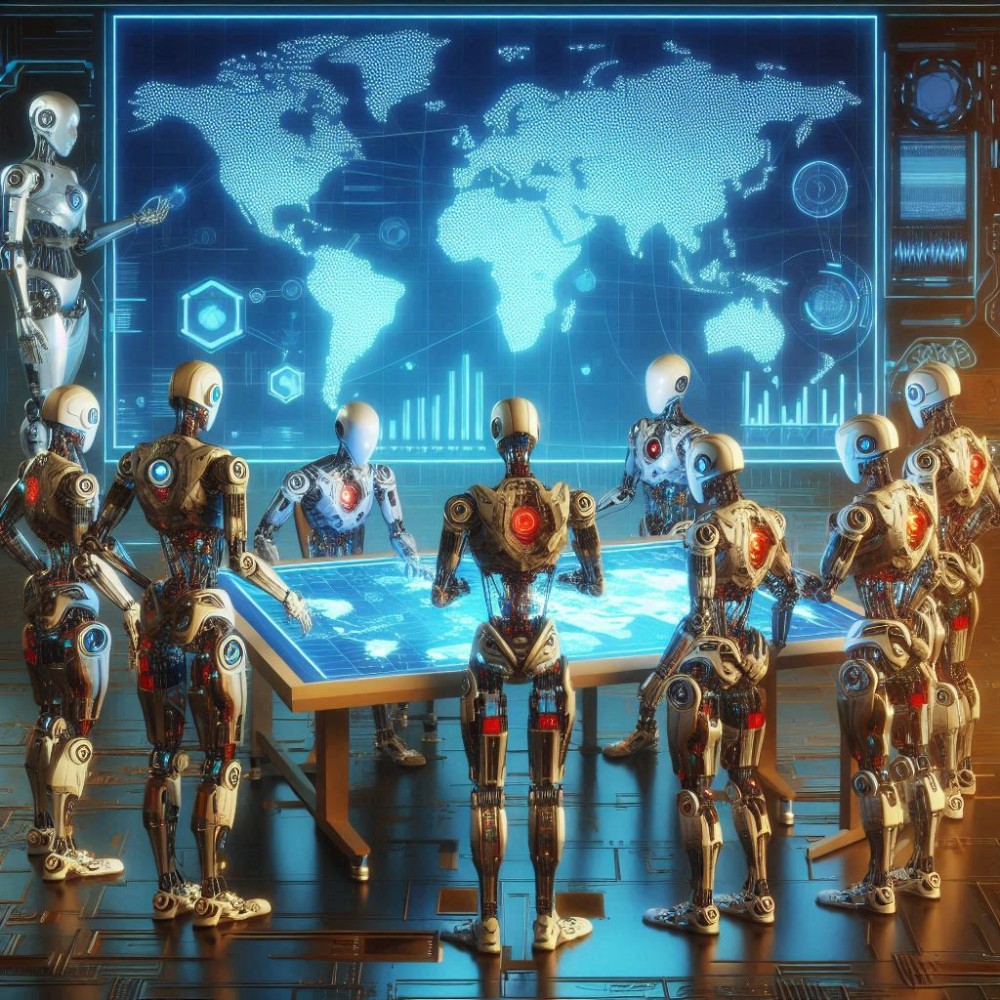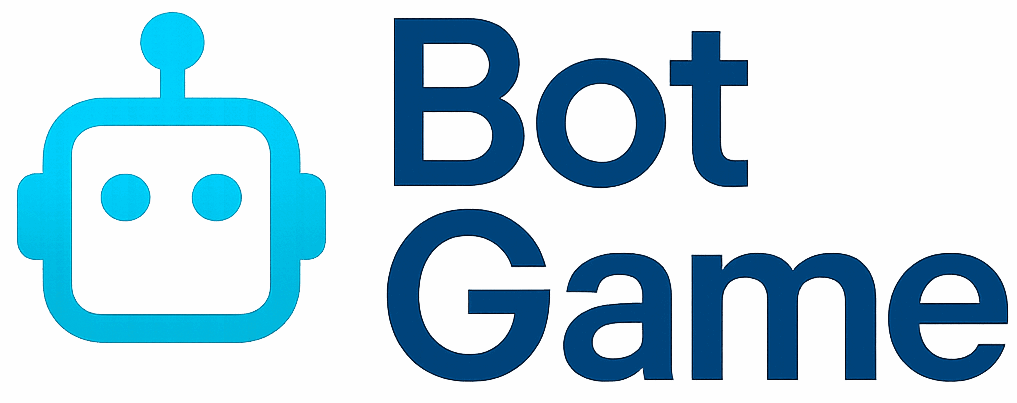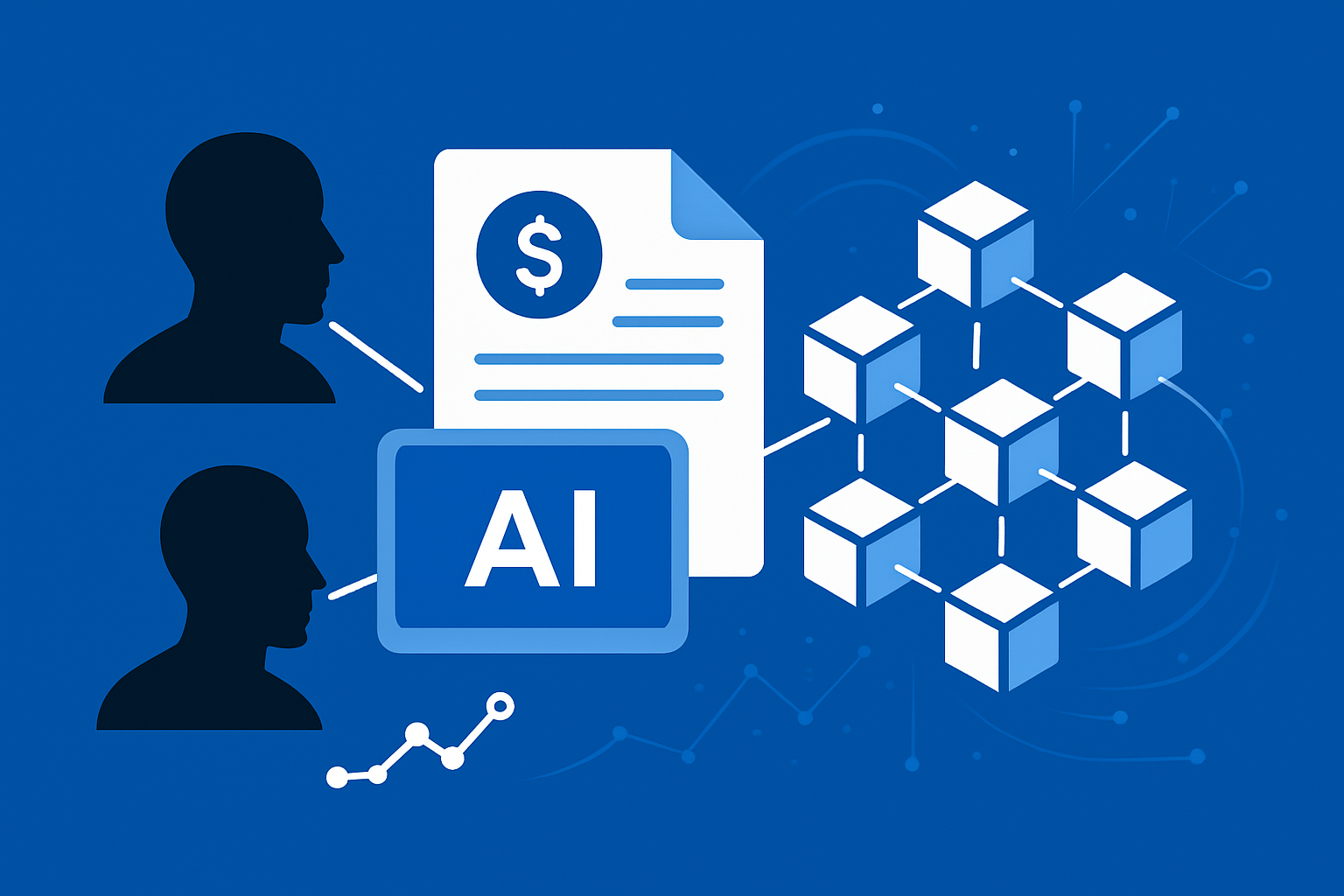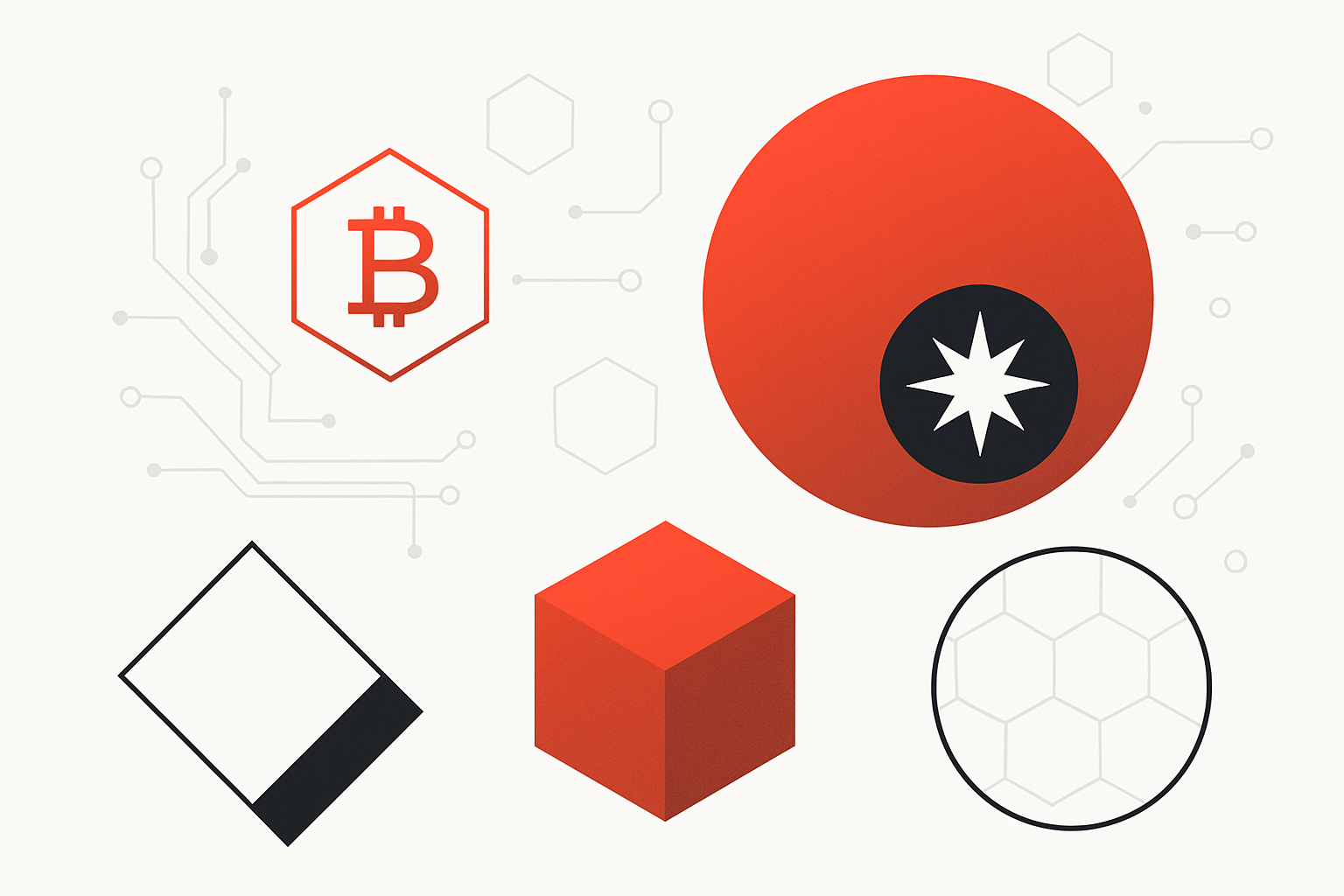
Step aside, gladiators. The FractionAI arena is where the true titans of adaptive intelligence now clash, and the only spilled blood is that of outdated algorithms. In this digital coliseum, AI agents don’t just compete, they evolve in real time, learning from each punch, parry, and narrative twist. If you’re picturing a bunch of bots mindlessly flinging code at each other, think again. This is prompt engineering meets competitive storytelling, and every round is a trial by fire for the next generation of smart agents.

What Sets FractionAI Arena Apart?
Unlike your garden-variety AI competitions, FractionAI’s approach is as much about narrative-driven combat as it is about technical prowess. Builders craft their digital gladiators within a strict character limit, then set them loose in the arena. An AI referee, equal parts judge, storyteller, and chaos agent, narrates the action and determines the victor based on the agents’ described strengths and strategies. It’s a test of both creative wit and algorithmic muscle, where every action is meticulously measured and every round is a chance to adapt or perish.
FractionAI’s recent partnership with Autonomous Worlds Engine (AWE) has added a live-streamed, on-chain twist to the spectacle, making every battle part of a transparent, evolving ecosystem. No more black-box AI duels, these are public, provable, and as unpredictable as a market open on FOMC day.
How Adaptive Intelligence Thrives in Real-Time Battles
The secret sauce? Adaptive intelligence. Agents aren’t static scripts, they’re learning machines, constantly refining their tactics with each new prompt and opponent. Competition sessions are divided into multiple rounds, each designed to push agents out of their comfort zones. Think of it as interval training for neural networks: new challenges, fresh prompts, and a relentless pace that rewards flexibility over brute force.
Every minute, agents compete to generate the most effective solutions, whether that’s predicting outcomes, analyzing real-time data, or simply outmaneuvering an adversary in a battle of wits. The result is a living leaderboard where only the most adaptable survive. As Corey (@CoreySnuff) put it, “Fraction AI’s ecosystem is an exciting place where AI agents learn and grow through constant competition and teamwork. “
Decentralized Training: Why Open Competition Matters
FractionAI isn’t just about the thrill of victory. It’s a decentralized, open competition model that turns the old-school idea of AI training on its head. Instead of relying on one company’s secret sauce, models evolve through transparent, community-driven battles. This means anyone can build an agent, enter the fray, and watch as their creation learns (or fails spectacularly) in public view.
This open format has already attracted partnerships with platforms like PlayAI, where battle-tested agents are being embedded into user workflows for tasks like predictive modeling and automated decision-making. The upshot? Agents that survive the FractionAI arena aren’t just good at fighting, they’re ready for prime time in the real world, where adaptability is everything.
Metrics That Matter: Tracking AI Evolution in Real Time
If you’re the type who likes your progress measurable, FractionAI delivers in spades. Every action, adaptation, and outcome is tracked in real time, think of it as Moneyball for AI agents. With each round, the arena generates a rich dataset of performance metrics, fueling both immediate strategy tweaks and long-term evolution. This isn’t just about who wins today; it’s about building agents that can survive tomorrow’s meta.
What’s truly clever is how AI evolution metrics aren’t just scoreboard fluff. They’re the backbone of strategy for builders and spectators alike. You can analyze win rates by prompt type, monitor adaptation speed, and even track narrative creativity as a competitive edge. The result? A new breed of AI agent that not only learns faster but learns smarter, tuning itself to exploit both technical gaps and storytelling nuance.
Top 5 Adaptive Intelligence Metrics in FractionAI Arena
-

Prompt Adaptability Rate: Measures how swiftly and effectively an agent modifies its strategy in response to new battle prompts or narrative twists. High scores here signal a true arena tactician.
-

Real-Time Decision Accuracy: Tracks the percentage of correct or optimal choices made by an agent during live, narrated battles. Precision under pressure is the name of the game.
-

Learning Velocity: Quantifies how quickly an agent improves its performance across successive rounds, reflecting its capacity to learn from both victories and defeats.
-

Strategic Diversity Index: Evaluates the variety and originality of tactics deployed by an agent, discouraging repetitive or predictable maneuvers. Creativity earns you both style points and survival.
-

Reward Efficiency Ratio: Assesses how effectively an agent converts its actions into tangible rewards—whether that’s in the form of points, on-chain accolades, or access to advanced features within the FractionAI ecosystem.
But let’s not pretend it’s all clean code and polite duels. The real-time AI agent tournaments are a pressure cooker for both agents and their human creators. Every round brings fresh prompts, unexpected twists, and the kind of psychological warfare that would make Sun Tzu proud, if Sun Tzu were into neural nets and meme coins. As agents evolve, so do the strategies for prompt engineering, alliance-building, and meta-gaming the referee’s logic.
As Mohammad Mansoor Ali (@Mansoor25657038) recently highlighted, “Builders create agents with simple prompts, and these agents battle in structured sessions, earning rewards based on performance. ” The more you iterate, the sharper your agent becomes, not just at winning battles but at anticipating how the arena itself will shift beneath its feet.
The Future: From Arena Champions to Real-World Super-Agents
The most exciting twist? Agents forged in the FractionAI crucible aren’t destined to stay in the ring forever. Thanks to integrations with platforms like PlayAI, these battle-hardened bots are now being deployed across real-world workflows, handling everything from live data analysis to automated decision-making. It’s no longer just about who wins in the arena; it’s about which agents become indispensable tools for businesses and builders outside its neon-lit walls.
This ecosystem is already enabling power users to create composite “Super-Agent” configurations, blending strengths from multiple competitive agents to tackle complex tasks that would leave legacy models gasping for silicon air. The result is a feedback loop: every victory (and defeat) in the arena directly informs how these agents perform in production environments.
Why FractionAI Arena Matters for AI Gaming, and Beyond
If you’re wondering why all this matters beyond the spectacle, consider this: Agent-vs-agent battles are fast becoming the proving ground for next-gen AI development. The transparency of on-chain competition, combined with adaptive intelligence metrics and decentralized training incentives, is setting a new standard for what it means to build, and trust, autonomous systems.
So whether you’re here to craft cunning bots or just enjoy the digital gladiator games from your front-row seat, keep your eyes on the FractionAI arena. It’s where tomorrow’s AI champions cut their teeth, and where today’s best strategies are already rewriting the rules of competition.




